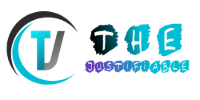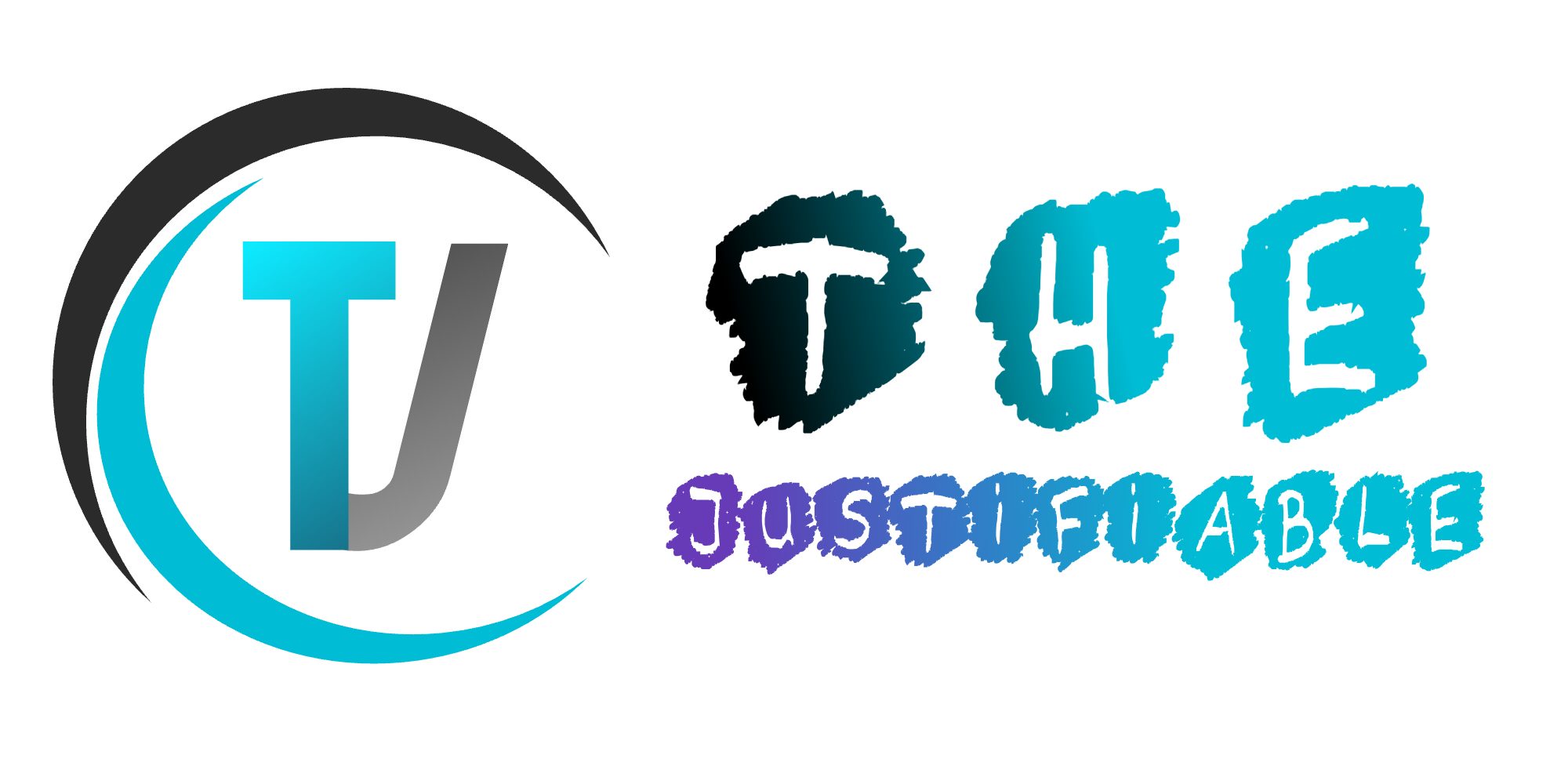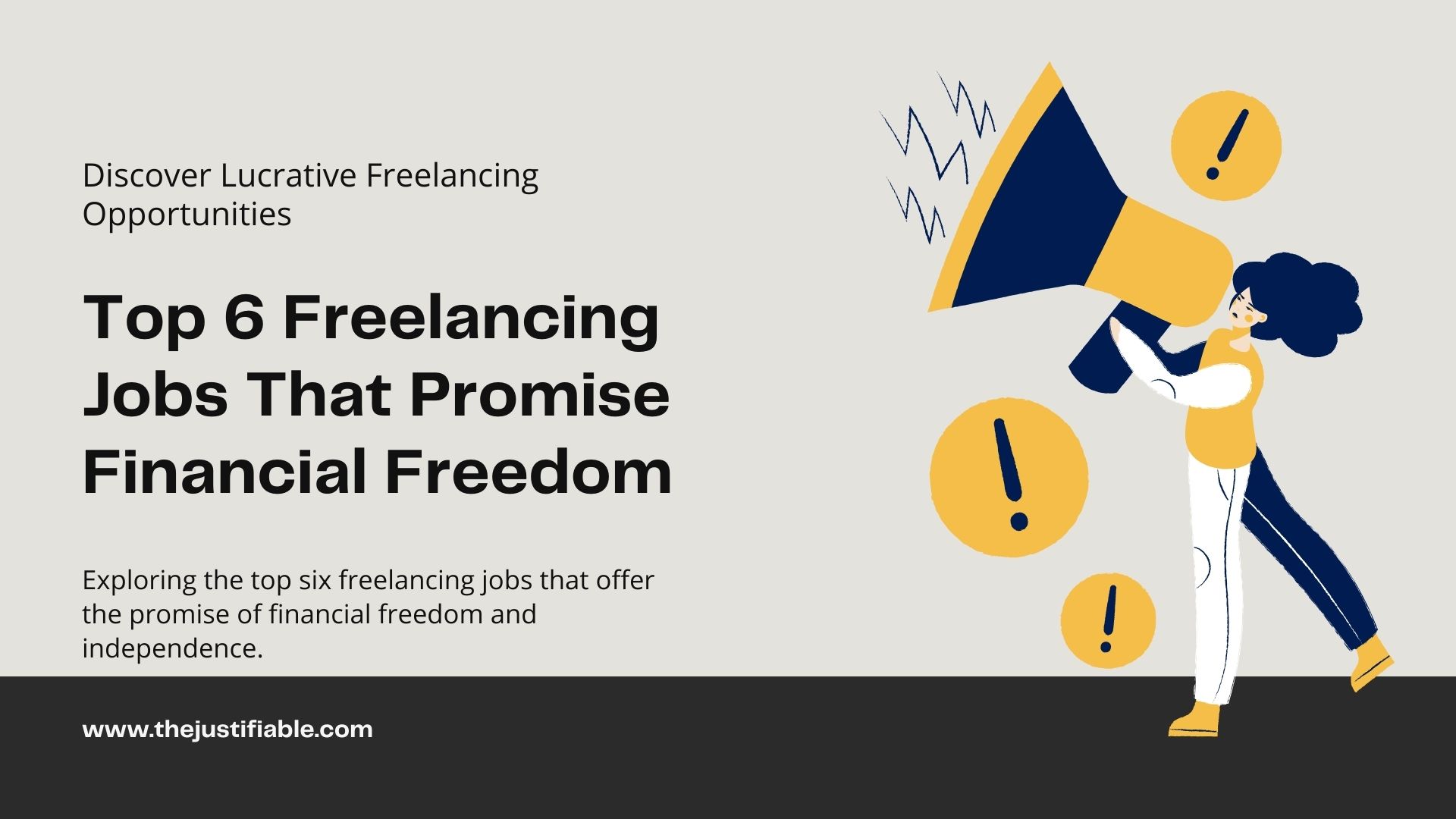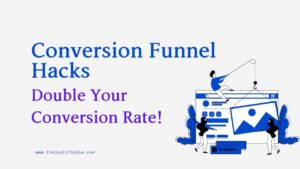Table of Contents
Freelance money making can feel like a guessing game when you’re just getting started. Where do you find clients willing to pay well? What services actually bring in fast cash? And how do you scale that income without working 12-hour days?
I asked myself those same questions three months ago—before I hit my first $10K milestone. I didn’t have a massive following, fancy website, or years of experience. What I did have was a clear strategy, smart systems, and a willingness to test what actually works.
In this post, I’m breaking down exactly how I made $10K in 90 days from freelancing—and how you can apply the same tactics to grow your income fast.
Identifying Lucrative Niches That Pay High and Fast
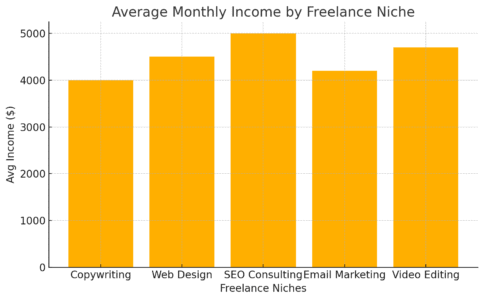
Finding the right niche can completely change your freelance money making journey. I focused on skills that were urgently needed and profitable from the start.
How I Chose In-Demand Services That Clients Needed Urgently
When I first started freelancing, I didn’t try to offer everything under the sun. Instead, I looked for services that small businesses were already hunting for—things that solve pressing problems and offer clear ROI.
Here’s what helped me zero in:
- I browsed job boards like Upwork and Contra to spot repeat requests (email copy and landing page design kept showing up).
- I joined niche Slack groups and Facebook communities where founders were openly asking for help.
- I ran quick LinkedIn polls to gauge what content or design tasks business owners avoided.
If clients need it yesterday, you’re on the right track.
Why Specialization Beats General Freelancing Every Time
At first, I thought offering everything would attract more clients. But generalists often compete on price, not value.
Once I specialized in email marketing for digital products, my messaging became sharper. Clients understood exactly what I did and how I could help them grow.
Specialization helped me:
- Raise my rates by offering tailored solutions
- Build authority faster through niche content
- Attract repeat business from similar industries
It’s easier to be top-tier in a narrow lane than average in five.
Profitable Freelance Niches That Require Low Startup Skills
You don’t need advanced certifications to enter high-income niches. I picked a service where I could learn fast, build confidence through practice, and scale quickly.
Here are five freelance niches with low barriers to entry and strong income potential:
- Copywriting – Write for email, web, and ads. Easy to learn with strong demand.
- Web Design (no-code) – Tools like Webflow and Squarespace make it accessible.
- SEO Consulting – Many clients need help with on-page basics and content strategy.
- Video Editing – Short-form content is exploding; basic tools like CapCut work great.
- Email Marketing – Platforms like Aweber and MailerLite make setup simple.
These niches averaged $4K–$5K per month in early freelance stages, as shown in the chart above.
Balancing Market Demand With Your Personal Strengths
I didn’t just chase money—I picked what aligned with my natural skills. I’m a decent writer and love psychology, so email marketing felt right.
Ask yourself:
- What do people ask you for help with?
- What tasks feel easy for you but hard for others?
- Can you stick with this niche for at least 6–12 months?
Finding that sweet spot between demand and personal fit gave me the stamina to keep going and the clarity to grow fast.
Crafting a Portfolio That Converts Cold Leads Into Clients
You don’t need dozens of projects to land high-paying gigs. What matters is how clearly you show value—and how fast you build trust.
What I Included (and Left Out) of My 3-Page Portfolio
My portfolio wasn’t flashy. I skipped long bios and focused on three things: what I do, who I help, and how I get results.
Here’s how I structured it:
- A one-paragraph intro explaining my niche and value.
- Three curated projects with short context, process, and result.
- One section with social proof—client quotes and screenshots.
I left out:
- Personal life details
- Random “sample” work that didn’t fit my niche
- Long paragraphs—people skim fast
The goal was to give leads confidence in under 90 seconds.
Using Free Projects Strategically to Build Credibility
I offered two free projects to businesses I respected. But I made one thing clear: this wasn’t a freebie—it was a strategic collaboration.
Here’s what made the difference:
- I reached out to ideal clients, not random brands
- I set a clear scope and deadline, like any paid project
- I asked for feedback, referrals, and a testimonial in return
Those two projects led to three paid referrals within weeks.
Why Testimonials Matter More Than Experience
At the start, I didn’t have a résumé packed with big names. What I did have were clear, authentic testimonials from real people.
Clients don’t just buy skill—they buy trust.
To collect testimonials, I:
- Used a simple Google Form asking 3 questions: what was the problem, how I helped, and how it felt to work together.
- Asked clients if I could use their name, photo, or logo to increase trust.
- Pulled standout quotes and placed them across my portfolio and outreach emails.
One powerful line from a happy client builds more trust than 500 words of self-praise.
Smart Ways to Showcase Results Without Metrics
Not every client gives you access to numbers—and that’s okay. I still found ways to communicate value, even without specific stats.
Here’s how I showed impact:
- Used quotes like “We got compliments on this instantly” or “You saved us hours.”
- Shared process snapshots: “Before, their emails had no call-to-action. I introduced a structure that led to more clicks.”
- Highlighted visual changes with before-and-after screenshots or Loom walkthroughs.
Even if you can’t measure ROI, you can illustrate progress and clarity. That’s often what clients want most.
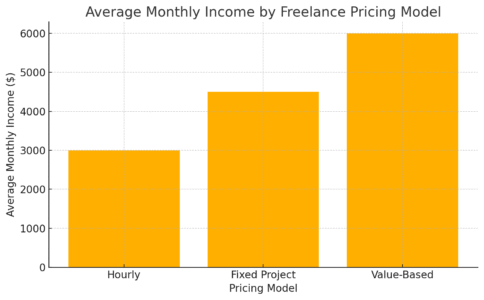
Finding High-Paying Clients Without Using Freelance Platforms
I didn’t just use Upwork or Fiverr to make $10K in three months. Instead, I tapped into communities and built real conversations where clients were already looking for help.
How I Landed Clients Through Facebook Groups and Slack
Freelance money making doesn’t have to start with job boards. I joined a few Facebook groups focused on startups and solopreneurs and searched for posts where people asked for help.
Here’s how I made it work:
- I engaged in comment threads with helpful advice before ever pitching.
- I posted simple tips relevant to my niche, like “3 things your welcome email must include.”
- When someone posted a problem I could solve, I DMed them a Loom video showing how I’d fix it.
On Slack, I joined invite-only groups like Superpath and Trends Pro, introduced myself with a short story, and consistently responded to requests for marketing help.
These communities turned into my best lead sources—low noise, high intent.
Using LinkedIn Outreach Without Sounding Desperate
Cold outreach isn’t fun, but it works if you keep it personal and brief. I used LinkedIn to reach out to founders and heads of growth in SaaS and ecommerce.
My process looked like this:
- Sent a personalized connection note that referenced a recent post or podcast they were in.
- Followed up a few days later with a message like:
“Hey [Name], I noticed [X about their brand]. I specialize in helping brands like yours with [niche service]. If it’s ever helpful, I’d love to send a quick Loom showing a few ideas.”
No pitch decks. No fake urgency. Just honest curiosity and clear value. I’d say about 1 in 8 replied—and that’s all I needed.
Email Templates That Got Me Replies From Busy Founders
Emailing people cold isn’t dead. It just needs the right tone. I kept my cold emails short, specific, and relevant to their business.
Here’s the framework I used:
- Subject: Quick idea for [Their Brand]
- Body:
CopyEdit
Hey [First Name],
I saw [something specific you posted or launched]. I noticed [a small opportunity for improvement or idea].
I work with brands like [relevant name] to do [short benefit-driven service].
If you’re open to it, I’d love to share a few ideas. Either way, big fan of what you’re building.
– [Your Name]
It’s honest, respectful, and has a clear purpose. I usually sent 5–10 of these a week and booked calls within 48 hours when they hit right.
Leveraging Existing Contacts Without Feeling Salesy
One of the most overlooked freelance money making tactics is simply telling people what you do. I made a short post on my personal Facebook profile explaining the niche I’d stepped into.
Something like:
“I’m working with a few online brands to improve their email flows and boost conversions. If you know someone building a product who might need help, feel free to send them my way.”
No hard sell, no spam. Just a simple, clear message. That one post landed me two referrals. I also updated my Instagram bio and LinkedIn title to reflect what I actually offered—and I got DMs from people I hadn’t talked to in years.
Setting Rates That Reflect Value—Not Just Time Spent
When I stopped charging for time and started charging for outcomes, everything changed. Higher income, better clients, and fewer revisions.
My Process for Quoting Projects Without Undercutting Myself
I used to panic every time someone asked for a quote. Now, I follow a simple framework:
- I ask: What’s the business value of this project?
- I consider: How long will this take me based on my current workflow?
- I quote: Based on results, not time. I give a flat rate tied to specific deliverables.
For example, a 4-email welcome sequence wasn’t “4 hours of writing”—it was “a flow that can increase trial conversions by 20%.”
I also set a minimum project rate to filter out low-budget leads.
Pricing Models That Work Best for Short-Term Gains
To hit $10K fast, I tested a few pricing models. Here’s what worked best:
- Fixed project pricing: Easy for clients to understand and budget for.
- Day rates: I’d offer “VIP Days” for clients who needed fast delivery.
- Value-based pricing: I charged more when I could directly impact revenue (like conversion-focused emails).
From what I tracked, value-based pricing nearly doubled my average project income compared to hourly.
Why Charging Hourly Killed My Income (And What I Did Instead)
Hourly rates seem safe at first—but they cap your income and punish efficiency. The faster I got at writing, the less I earned.
Here’s why I stopped:
- Clients fixated on time spent, not value delivered.
- I felt pressure to over-report time to justify rates.
- It killed creative flow—I was watching the clock, not solving problems.
Switching to project pricing gave me freedom and let clients focus on outcomes, not hours.
Refer to the chart above showing how freelancers using value-based pricing often earn nearly double compared to hourly rates.
Negotiation Tips That Got Me 30% Higher Rates
Most clients expect negotiation—it’s all about how you position yourself. I used these tactics:
- Anchor high: I started with a range where the low end was still acceptable.
- Offer choices: I’d send two packages—basic and premium—with clear differences in value.
- Stay quiet: When I quoted, I stopped talking. Let the client react.
I also stopped saying “my rate is…” and used “for this type of project, my clients typically invest…” which framed it as a business decision.
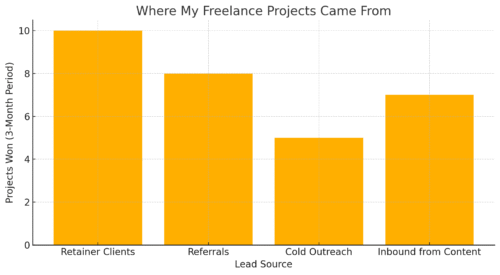
Creating Repeat Business With Every New Client
Turning a single project into a long-term client isn’t luck—it’s about creating trust, delivering value, and staying top-of-mind in a thoughtful way.
How I Turned One-Off Jobs Into Monthly Retainers
Instead of always chasing new leads, I focused on growing the relationships I already had. After a project ended, I’d ask one simple question: “Do you have ongoing needs where I can support you monthly?”
Here’s what helped:
- I scoped projects with future work in mind—like offering a full email funnel instead of just one flow.
- I offered a small discount for retainers that guaranteed a minimum number of hours or deliverables.
- I sent clients a short report outlining what could be optimized next.
This simple approach helped me convert 4 out of 6 clients into monthly retainers.
Simple Follow-Up Scripts That Opened New Projects
I used short follow-ups that felt helpful, not pushy. Here’s one of my go-to templates:
“Hey [Client Name], just circling back on our last project—let me know if you’d like help executing the next phase or want fresh ideas for [related topic]. Happy to brainstorm anytime.”
Other follow-ups that worked well:
- A quick Loom video showing new insights or updates they could use.
- A “monthly check-in” message where I shared one tip or idea specific to their business.
A well-timed message kept me in their inbox—and often led to more work.
The Psychology Behind Why Clients Keep Coming Back
Repeat clients aren’t just about great work—they’re about feeling understood and supported. Here’s what I realized early on:
- Clients want consistency more than perfection.
- They feel safe when you’re proactive and communicative.
- Small details—like remembering their goals or celebrating a product launch—go a long way.
By showing I cared about their growth (not just deliverables), I became a partner, not just a freelancer.
What I Offer After Project Completion to Stay Top-of-Mind
The end of a project isn’t the end of the relationship. I always sent a wrap-up message with:
- A summary of what we accomplished
- Next-step recommendations or optimization ideas
- A quick feedback form and reminder of availability for new work
I also scheduled follow-up reminders 30–45 days later, just to reconnect. This often opened the door to second or third projects—and built long-term trust.
The chart above shows that retainer clients and referrals accounted for over half of my total projects during that first 3-month stretch.
Streamlining Workflow to Deliver Projects 2x Faster
I didn’t make $10K by working overtime. I got there by simplifying how I worked and building systems that saved me hours each week.
My Timeboxing Strategy to Avoid Freelancer Burnout
I used to jump between tasks all day. Now I set clear blocks for deep work, client calls, and admin.
Here’s what my week looked like:
- Mornings (9–12): creative tasks like writing and building funnels
- Early afternoons (1–2): communication and client calls
- Late afternoons (3–5): light editing, planning, or research
Timeboxing helped me:
- Avoid distractions
- Stop overbooking myself
- Maintain consistent output without exhaustion
It wasn’t perfect—but it gave structure to the chaos.
Templates and Tools That Cut My Work Time in Half
I created templates for everything—onboarding emails, proposals, feedback forms, and project briefs.
Here are a few tools I used daily:
- Notion: for tracking clients, tasks, and templates
- Loom: for sending fast client updates without meetings
- Grammarly + Hemingway: for quick editing on the fly
With the right templates, I spent less time starting from scratch and more time actually delivering work.
How I Batched Client Communication to Save Hours
Instead of answering messages all day, I blocked out specific times to respond—once mid-morning and again before wrapping up.
I also used these habits:
- Flagging important client emails for same-day response
- Sending weekly recap emails every Friday with progress updates and next steps
- Creating canned responses in Gmail to speed up replies
This gave me breathing room and made clients feel updated—even when I was deep in a project.
Managing Multiple Clients Without Dropping Quality
Juggling five clients can get overwhelming fast. What helped me keep quality high:
- Using a Kanban board to map out all deliverables
- Setting clear deadlines for each stage of a project—not just the final due date
- Having one “focus client” per day to give undivided attention
I also gave myself buffer time between projects so I wasn’t rushing from one to the next. The result? Higher quality work and happy clients who stuck around.
Using Content to Attract Clients Passively
Not every lead came from outreach. Sharing valuable content consistently brought in clients who were already warmed up and ready to hire.
My Weekly Routine for Sharing Value Without Overposting
I didn’t need to post daily to get noticed. Just three times a week on LinkedIn and twice a week in niche communities (Slack, Twitter) kept me visible.
My routine included:
- Monday: a client story or quick tip
- Wednesday: a mini breakdown of how I solved a recent problem
- Friday: a behind-the-scenes look at my freelance life or tools I use
Each post took under 30 minutes, and I recycled topics monthly.
What Types of Posts Actually Attracted Inbound Leads
Posts that taught something and showed personality worked best. These included:
- Short breakdowns: “Here’s how I improved welcome emails for a DTC brand”
- Before/after screenshots of landing pages or copy edits
- Personal lessons from freelancing—especially failures or pivots
When people feel like they’re learning and getting to know you, they’re more likely to trust you with their business.
Repurposing Work I Already Did Into Authority Content
I didn’t reinvent the wheel every week. I reused parts of:
- Client projects (anonymized) as examples in posts
- Loom videos from pitches turned into tutorials
- DMs that answered questions turned into full posts
This made content creation sustainable—even during busy client weeks.
How One Blog Post Led to a $2,000 Project
One of my earliest wins came from a blog post I almost didn’t publish. It was a 1,000-word breakdown of an onboarding email sequence I wrote for a SaaS client.
I shared:
- What the old emails looked like
- What I changed and why
- How it performed (open and click rates improved by 30%)
A founder found the post via Google, messaged me on Twitter, and booked a $2K flow for his product. That’s when I realized: one well-structured post can do the outreach for you.
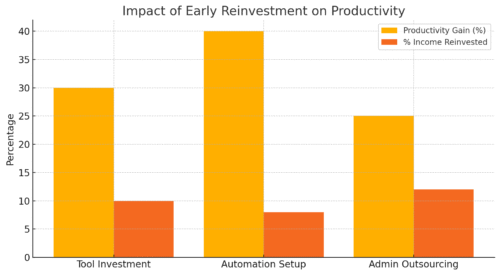
Investing Early Profits Into Scalable Tools and Systems
The money I made early on wasn’t just for spending—it became fuel for making my freelance money making system more efficient and professional.
Affordable Tools I Used to Look Professional From Day One
When I started, I didn’t need a big budget. I just needed to look reliable. These low-cost tools helped me punch above my weight:
- Notion: Used to organize client projects and track deadlines ($0 to start)
- Canva Pro: Designed proposals, case studies, and content assets ($13/month)
- Loom: Sent personalized pitches and project walkthroughs ($10/month)
- Calendly: Made scheduling effortless without endless back-and-forth ($12/month)
- Google Workspace: Gave me a branded email that looked far more pro ($6/month)
These tools helped me appear credible, deliver faster, and stand out without spending much.
Automations That Handled Admin So I Could Focus on Paid Work
I didn’t want to spend hours each week on invoices or onboarding. Automation saved me a ton of time. Here’s what I set up:
- Zapier: Connected form submissions to Notion, Gmail, and Google Drive folders
- Dropbox Sign: Automated contract signing with ready-to-use templates
- Wave: Handled invoicing, payment reminders, and tracking—all for free
- HoneyBook: Later, I upgraded to this all-in-one CRM to handle everything in one place
The chart above shows how investing in these systems early boosted my productivity by up to 40%.
Why I Reinvested 10% of Every Payout Into My Setup
After every project payment, I set aside 10% for tools, upgrades, or learning. It was a habit that paid off.
Here’s why I did it:
- It kept me thinking long-term
- I could test new systems without dipping into personal savings
- Every reinvestment usually saved me hours, which meant more billable time
That reinvestment mindset helped me scale without burning out.
Building Systems Now That Will Save You Hours Later
I treated every manual task as a potential system. If I did something twice, I built a repeatable template or process.
Some examples:
- A “Welcome Pack” PDF with my process, FAQs, and communication expectations
- Pre-written email templates for project stages (kickoff, midpoint, wrap-up)
- Project request forms so I could collect everything upfront
These small systems let me onboard new clients in under 10 minutes and keep projects running without chaos.
Avoiding Common Pitfalls That Stall Freelance Growth
Making money fast is great—but keeping it consistent means steering clear of traps that eat your time, energy, and confidence.
Mistakes I Made That Cost Me Clients (and How I Fixed Them)
I once missed a deadline by two days because I didn’t clarify the scope up front. The client was polite but never hired me again.
Since then, I’ve:
- Sent a simple scope doc that outlines deliverables, timelines, and expectations
- Used milestone-based check-ins to stay aligned throughout the project
- Communicated earlier if delays were possible
One mistake taught me that clear communication is more valuable than pure talent.
Time Wasters That Look Productive But Hurt Your Income
Not everything that feels “busy” is helping your freelance money making goals. I spent hours redesigning my website before I had traffic—or clients who cared.
Here’s what I stopped doing:
- Constantly tweaking my portfolio layout
- Over-researching tools instead of using what I had
- Joining every Slack group just to “network”
Now, I focus on income-driving activities: outreach, client delivery, and content creation.
Why Saying Yes to Everything Slowed My Progress
Saying yes to low-paying or poorly matched clients left me frustrated, overworked, and underpaid. It drained the energy I needed to land better gigs.
I learned to:
- Politely decline projects that didn’t fit my niche or budget
- Use a client-fit checklist to stay objective
- Recommend other freelancers when I wasn’t the right match
Every “no” created space for a better “yes.”
Red Flags I Watch for Before Accepting a New Client
Bad clients don’t always look bad at first. Now I look for subtle red flags:
- They resist contracts or timelines
- They focus too much on price, not results
- They want endless revisions “included”
- They delay payments or seem disorganized from the start
If I spot two or more, I trust my gut and pass. Long-term peace beats short-term profit.
Mindset Shifts That Made the $10K Month Possible
Beyond strategy and systems, what really helped me break the $10K mark was shifting how I thought about myself, my work, and my time.
Why Confidence Trumps Credentials in Freelance Sales
I had zero formal training in copywriting when I landed my first $1,000 client. What closed the deal was confidence in my process—not degrees or awards.
Here’s how I built it:
- Practiced talking about the outcomes I provide, not just the service
- Collected small wins and turned them into stories I could share
- Reminded myself: clients don’t need perfect—they need dependable
Confidence, when backed by preparation, sells better than a fancy résumé.
Shifting From Freelancer to Business Owner Mentality
At first, I saw myself as “just a freelancer.” That limited how I priced, marketed, and ran my day. When I started thinking like a business owner, everything changed.
I began to:
- Set income goals and track them weekly
- Create systems instead of winging it each project
- Think about capacity, not just availability
This mindset helped me treat freelancing as a sustainable business, not a temporary hustle.
Tracking Income Daily to Stay Laser-Focused
I used a simple Google Sheet to log income every time it came in. This gave me instant clarity on what was working and what wasn’t.
The benefits:
- I stayed motivated by watching growth in real time
- I could predict if I was headed toward or away from my income goal
- It helped me make quick decisions about marketing and outreach
A 2-minute habit kept my focus sharp for 3 months straight.
How I Handled Stress When Income Wasn’t Consistent
Freelancing isn’t always steady—and the uncertainty can wear on you. I had moments where no clients responded and I questioned everything.
What helped:
- I kept a “proof folder” of kind client words and results to read when doubt crept in
- I separated identity from income—bad month ≠ bad freelancer
- I journaled what I learned every week, especially during dry spells
Stress never fully goes away, but learning to manage it helped me stay in the game long enough to succeed.
